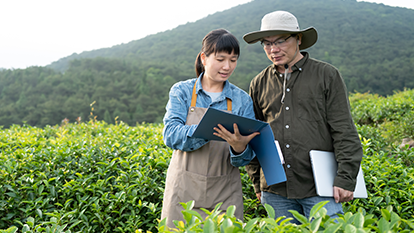Issuances of green, social and sustainability-linked bonds continue to grow, as banks have structured new products to respond to investors’ and corporates’ needs. What is the state of play of the markets today?
Making meaningful progress in sustainability

This special report looks at the move to a more sustainable world and the role that banks are playing in the transition. The Banker explores the state-of-play of sustainable capital markets instruments, such as green, social and sustainability-linked bonds; how banks are redirecting existing capital towards clean energy technologies; the heightened focus on the ‘S’ in environmental, social and governance considerations; and how banks can more accurately measure Scope 3 emissions that are generated by their suppliers.
Supported by China Construction Bank
to read

Financing the energy transition
December 4, 2023The move to a low-carbon emissions world will need capital to be redirected towards clean energy technologies. Heather McKenzie explores the investment needed to decarbonise the current energy system, as well as foster innovation and new business models.
to read

Partner Content
Stay ahead by leaving no one behind
December 4, 2023The global campaign for greater financial inclusion is more than two decades old and, in light of ESG responsibilities, as urgent as ever. But it’s a duty that also makes good business sense.
to read

Recognising the importance of the ‘S’ in ESG
December 4, 2023To truly address sustainability in all its facets, many banks and regulators are working to understand how social issues are intrinsically linked to environmental and governance issues.
to read

Addressing Scope 3 challenges
December 4, 2023Scope 3 emissions are by far the biggest source of banks’ greenhouse gas emissions. What challenges do banks face when measuring the emissions generated by their suppliers, and how can they help to reduce them?



